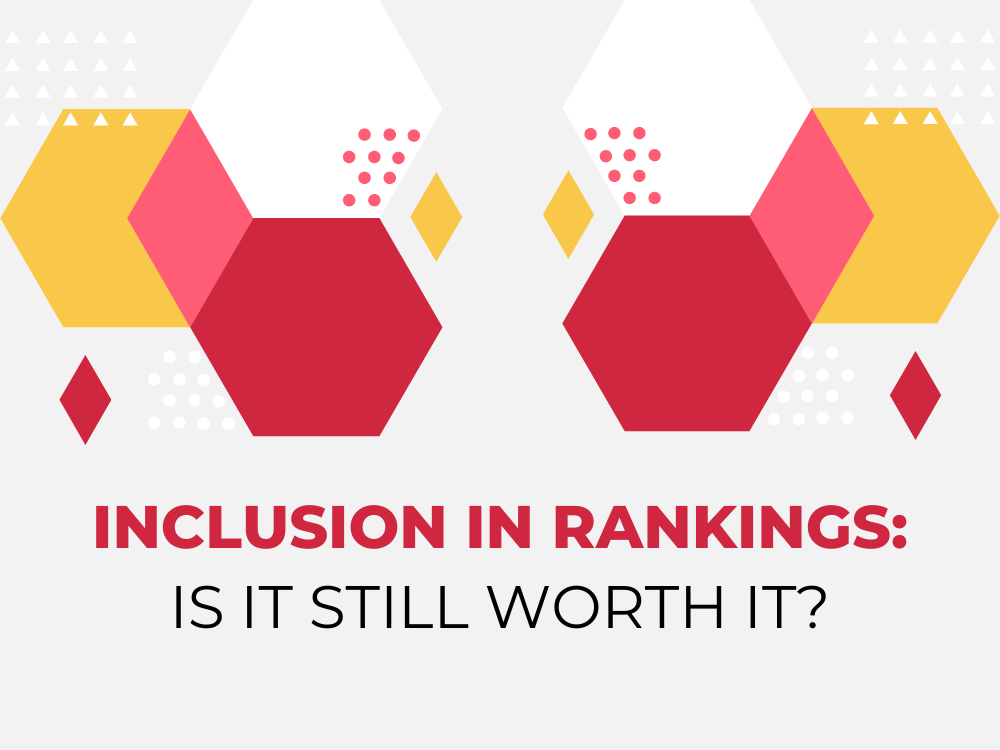If your firm is in the process of rethinking its marketing and business development strategy, you know how overwhelming it can be to figure out what to focus on. With experts spouting off the latest marketing innovations left and right, it’s challenging to determine what will work for your firm. However, there are some basic business development activities that should be a given for any financial institution. Here are the top 10.
- Embrace mobile: Without question, the future of the financial and banking industry is mobile. Whether it’s an app, an SMS service or another mobile baking tool, your firm should be offering mobile service to customers. If not, start planning—or you risk getting left in the dust by competitors.
- Get in touch with your feelings: Unfortunately, many financial firms go the safe route and opt for conservative, lifeless copy and generic stock photos—but that doesn’t have to be the industry standard. Consumers like to have an emotional connection to the brands they purchase and the services they retain, including financial firms. Don’t be afraid to infuse some emotion into your marketing efforts.
- Differentiate: When it comes down to it, consumers can receive essentially the same services at a number of different financial institutions. So why should they choose you? Identify what makes your firm different from all the rest and, more importantly, communicate that difference to potential customers.
- Know your customers: Not every customer is going to be a huge revenue generator, which is fine. But you should know which customers do drive profits so you can better meet their needs, retain their business and recruit more customers like them. Relationships are the key to larger profits.
- Measure everything: In order to see (and improve on) results of your marketing efforts, your institution needs to measure ROI. How else will you know which tactics are worthwhile and which ones need to be dropped or tweaked? Remember to use metrics that truly capture the information you need, not just the most common measurements.
- Take advantage of earned media: PR is the best marketing tool for developing credibility, but many financial institutions underuse it. That’s a shame, because PR tends to be less costly and more effective than traditional advertising. A good PR team can help you identify and leverage the newsworthy things your financial institution is doing.
- Cross-sell to current customers: Just because a customer has made the effort to visit your website doesn’t mean you should stop marketing to them. Online customers are a highly captive audience, so it’s a great opportunity to point them in the direction of products and services they might be interested in purchasing. You can even customize ads based on past purchasing behavior.
- Add a personal touch: Loyal customers are the key to your success—shouldn’t you let them know? Thank you notes and phone calls can go a long way in making customers feel appreciated and, therefore, more likely to stick with you for the long term. Generic marketing messages are forgettable, but personalized notes will almost always break through the clutter.
- Invest in email marketing: Just by asking customers to give you their email addresses, you’re laying the foundation for a powerful marketing strategy. Email marketing allows you to segment and target customers, experiment with content and review tons of analytics. With a number of free and low-cost email marketing systems available, there’s no excuse not to add email to your marketing plan.
- Analyze your website: Your website is the most important asset you have—treat it that way. Make sure it’s useful, beautiful and intuitive. Delve into your website analytics so you know how customers move through your website, what they’re looking for, and what they click on the most.


